Bubble theory in dog training focuses on your pup's personal space, their "bubble," and how it affects their behavior. Some dogs need a little room to breathe, and this training style respects that. It's smart, simple, and it works!
Forget outdated tricks. This approach helps build trust, confidence, and calm reactions. If your furry friend's got big feelings, this strategy is a good call.
What Is Bubble Theory Dog Training?

In this type of training, every pup has an invisible bubble around them, and when that bubble pops, you'll see barking, pulling, and other anxious behaviors. The bubble theory teaches you to read the signs before things go sideways. You learn to keep your pooch comfy by giving them room when they need it. It's observation, respect, and timing—all way more effective than yelling "heel" fifty times.
Understanding the Concept of Personal Space for Dogs
Dogs have bubbles, just like people. That bubble, aka personal space, is their comfort zone. When someone steps in too fast too close, they might react. Not because they're "bad," but because their space got squished.
Reading your pup's body language is crucial. Look for ears pinned back, a stiff stance, or backing up. Those are all signs they need more room. Respecting the bubble builds trust, and trust builds better animal behavior.
How Bubble Theory Differs From Other Training Methods
Most training methods zero in on commands, but the bubble theory focuses on feelings. It looks at your dog's emotional response and personal boundaries instead of forcing obedience right away.
Other training methods might ignore how close other dogs or people get. The bubble theory says, "Hold up, let's respect that space first." It's about your pup feeling safe rather than just following rules. And when they feel safe, they actually listen better. Shocking, right?
The Benefits of Using Bubble Theory Dog Training
The bubble theory method creates a strong foundation for calm behavior and real understanding between you and your dog. Here are some awesome perks:
-
Builds Trust Between You and Your Dog. Your pup learns you're paying attention to their needs, which builds confidence.
-
Reduces Barking and Fear Reactions. Respecting space helps your dog stay zen instead of getting reactive or upset.
-
Improves Concentration in Busy Environments. When dogs feel safe, they pay more attention to you, not the chaos around them.
-
Makes Socialization Safer and Easier. Introducing new people or other dogs becomes less stressful with bubble awareness.
-
Encourages Clearer Body Language Reading. You start to understand what your pooch is saying without guessing.
What Dogs Can Benefit From Bubble Theory Dog Training?

The bubble theory supports dogs with big feelings. We're talking reactive pups, those scared of being alone, or pets who get jumpy around other animals. Even canines with aggression or social hang-ups can thrive with this style. It's like giving your furry buddy room to breathe. It's not about forcing change but creating space for it.
Is Bubble Theory Ideal for Reactive or Anxious Dogs?
Absolutely. The bubble theory is a lifesaver for reactive or anxious dogs. This method helps you spot your dog's emotional threshold before things spiral. You learn to give them space, read their body language, and stay cool. Over time, they start to feel secure and react less. It's a big win for both you and your canine companion.
Related Post: Reactive Dog Training: Proven Techniques for Success
Can Bubble Theory Work for Aggressive Dogs?
Yes, the bubble approach can help dogs that show aggressive behavior. This method gives aggressive pups time and space to adjust without feeling pushed. You're not forcing contact; they get to decide what feels okay. That shift in control can mellow out reactive outbursts. It's not a quick fix, but it sets the stage for real progress. Find out more about training an aggressive dog here.
How Bubble Theory Helps With Socialization and Fear-Based Behavior
Instead of throwing dogs into a crowd, the bubble theory teaches them how to gradually feel okay around other dogs, people, and places. No rush. No pressure. Just slow, steady wins.
Fear-based behavior usually shows up when a dog feels cornered or unsafe. This method gives them space to process without freaking out. Controlled exposure, positive reinforcement, and distance—that's the magic mix. Let them take their time and watch their confidence grow.
The Basics of Bubble Theory Dog Training
At its core, the bubble theory centers on space, dedication, and observation. Here are the basics:
- Creating a Safe Space for Your Dog. This gives your pup room to relax without pressure from other pets, people, or noise.
- Establishing Personal Space for Both You and Your Dog. You learn to respect your dog's comfort zone, and they learn to respect yours, too.
- Gradually Expanding the Bubble for Training Success. Little by little, you shrink that bubble as your companion builds confidence in more situations.
How To Implement Bubble Theory Dog Training With Your Dog

Starting the bubble theory method doesn't mean changing everything overnight. The goal is to create a peaceful environment where your dog feels safe. From there, you build trust, expand boundaries, and practice patience. You'll soon notice fewer meltdowns and more. Let's go over this strategy step by step.
Step 1: Observe and Identify Your Dog's Comfort Zone
Every dog has a limit, and your job is to spot it. Watch how close other dogs, people, or even loud noises can get before your pup starts showing signs of discomfort. Look for stiff posture, pinned ears, or trying to move away. Keep your leash loose, your eyes open, and your snacks ready.
Step 2: Maintain a Calm and Controlled Environment
If your dog's bubble training session starts in a loud, busy space, you're starting off on the wrong foot. Pick a quiet spot where they can think, not just react. Stay cool, too, as your pup can feel your energy like Wi-Fi. Breathe, relax, and don't rush it. A steady vibe makes everything feel secure, and that's where real learning kicks in.
Step 3: Introduce Gradual Challenges To Expand the Bubble
Once your dog feels secure in their space, it's time to stretch that bubble slowly. Add one dog, one person, or one sound at a time. If your dog keeps cool, great! If they start to pull away or show signs of agitation, you've gone too far. Back it up and try again later. Small wins build confidence, and confidence expands that comfort zone.
Step 4: Use Positive Reinforcement Within the Bubble
When your dog stays cool inside their bubble, reward that behavior like it's the best thing ever. Positive reinforcement helps your pooch link feeling safe with good stuff. That means more focus and fewer freakouts. Keep it fun, keep it light, and don't skimp on the rewards. Happy vibes = better behavior.
Step 5: Monitor and Adjust as Needed for Progress
Some days, your dog might crush it, and on other days, they might have a meltdown. That's normal. The key is to adjust without freaking out. Your dog's reactions are your clues to either push forward or take a step back. Stay patient, stay observant, and celebrate the little wins because they all add up.
Tips for Successful Bubble Theory Training

Bubble theory training works best when you stay chill, pay attention, and let your dog lead the pace. There's no fast-forward button here. Here are some tips:
-
Stick to a Routine. Dogs love structure. Consistency helps them know what to expect and feel more secure.
-
Keep Sessions Short and Sweet. End on a good note before your pup gets overwhelmed or bored.
-
Watch Body Language Closely. Your dog tells you how they're feeling without saying a word.
-
Celebrate Small Wins. Calm behavior, soft eyes, or ignoring a trigger? Throw them a tasty treat!
-
Stay Calm and Patient. Your energy sets the tone. Chill humans = chill dogs.
Patience and Consistency in Training
Patience shows your pup they can trust you and the process. Rushing them just sets everyone back. Add in consistency, which is what keeps it all working. Same cues, same rules, same chill attitude every time. Dogs thrive when they know what's coming. So take a breath, grab those treats, and keep showing up.
Setting Realistic Expectations for Training Success
Progress may look different day to day. Some dogs need weeks; others need months. Set small, clear goals and cheer for every win, no matter how tiny. Learning is a process, not a magic trick. Keep your expectations real, and you'll avoid major letdowns.
Avoiding Overstimulation and Maintaining Calmness
Bubble theory works best when your pup stays below their emotional threshold, aka not flipping out. Peaceful surroundings = better concentration and smoother progress. Try quiet walks, soft voices, and relaxing routines.
Calming aids like CBD (cannabidiol) may also support dogs with fear, overreactions, or tense moments. HolistaPet offers soothing, pet-friendly CBD options to help your furry bestie chill when life gets loud or hectic. Choose from our CBD Dog Treats for Anxiety, CBD Calming Chews, Broad-Spectrum CBD Oil, and CBD Capsules. With HolistaPet, your pooch gets only the best!
Additional Considerations in Bubble Theory Dog Training
Your dog's bubble might look totally different than your neighbor's fluffy companion. That's okay and expected. Some dogs bounce back fast, while others need more time. Weather, mood, and who's nearby can shift their reactions.
Pay attention and adjust without stress. The goal? Help your pup feel in control, not cornered. Respect the space, respect the pace.
How To Handle Setbacks During Training
When your dog regresses, take a step back (literally). Go back to a distance where they felt safe before, stay calm, reset, and keep things short and sweet. Setbacks are just part of the process, not the end of it. Progress isn't linear; our canine friends can also experience off days. Keep your cool, and your dog will, too.
Can Bubble Theory Be Combined With Other Training Techniques?
Absolutely, the bubble theory blends well with other techniques. You can combine it with positive reinforcement, clicker training, or calming routines. You can still teach "sit," "stay," and "leave it"—just with more awareness of your dog's space. It's all about layering smart strategies. The more tools, the better the results.
How To Make the Most Out of Bubble Theory Dog Training
The secret to bubble theory success is paying attention and sticking with it. Watch your dog's reactions, adjust your space, and reward the calm moments. Don't be afraid to slow down when things feel off. Keep sessions short, fun, and focused on your pet's comfort. The more you tune in, the better the results.
Final Thoughts on Bubble Theory Dog Training
Bubble theory training flips the script in a good way. Instead of forcing your dog to deal, it teaches you to respect their space and build trust over time. It's simple, smart, and honestly, kind of brilliant.
This method makes a big difference whether your pup is reactive, nervous, or just needs room to breathe. Want to support them even more? Check out HolistaPet's calming CBD products, a gentle, natural way to help your furry bestie feel safe inside their bubble and beyond!



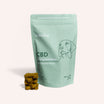


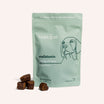
![Probiotics For Dogs [Soft Chews] - HolistaPet](http://www.holistapet.com/cdn/shop/files/Probiotic-Infographic-1_472d7a29-e30c-435a-9638-1365d8c3a9f9.jpg?v=1725384841&width=104)
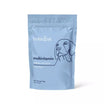


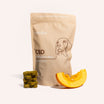





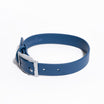
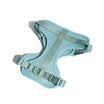
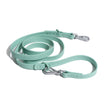

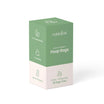
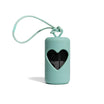


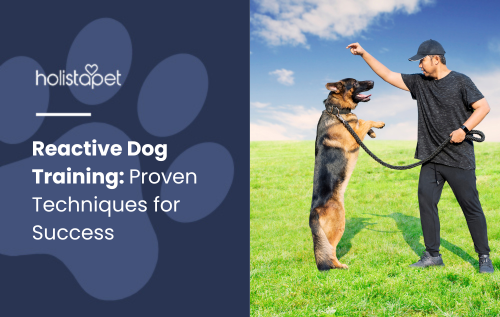
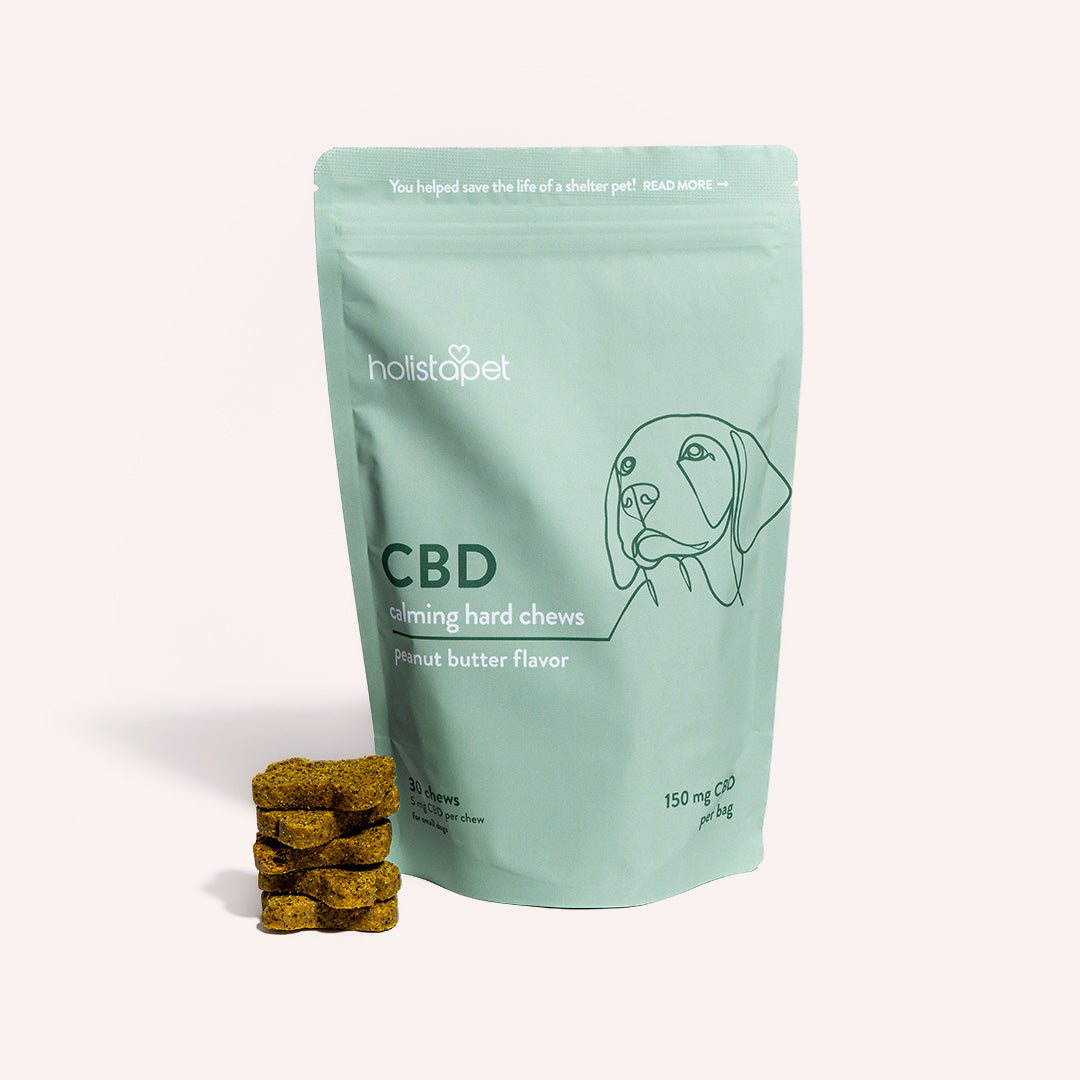


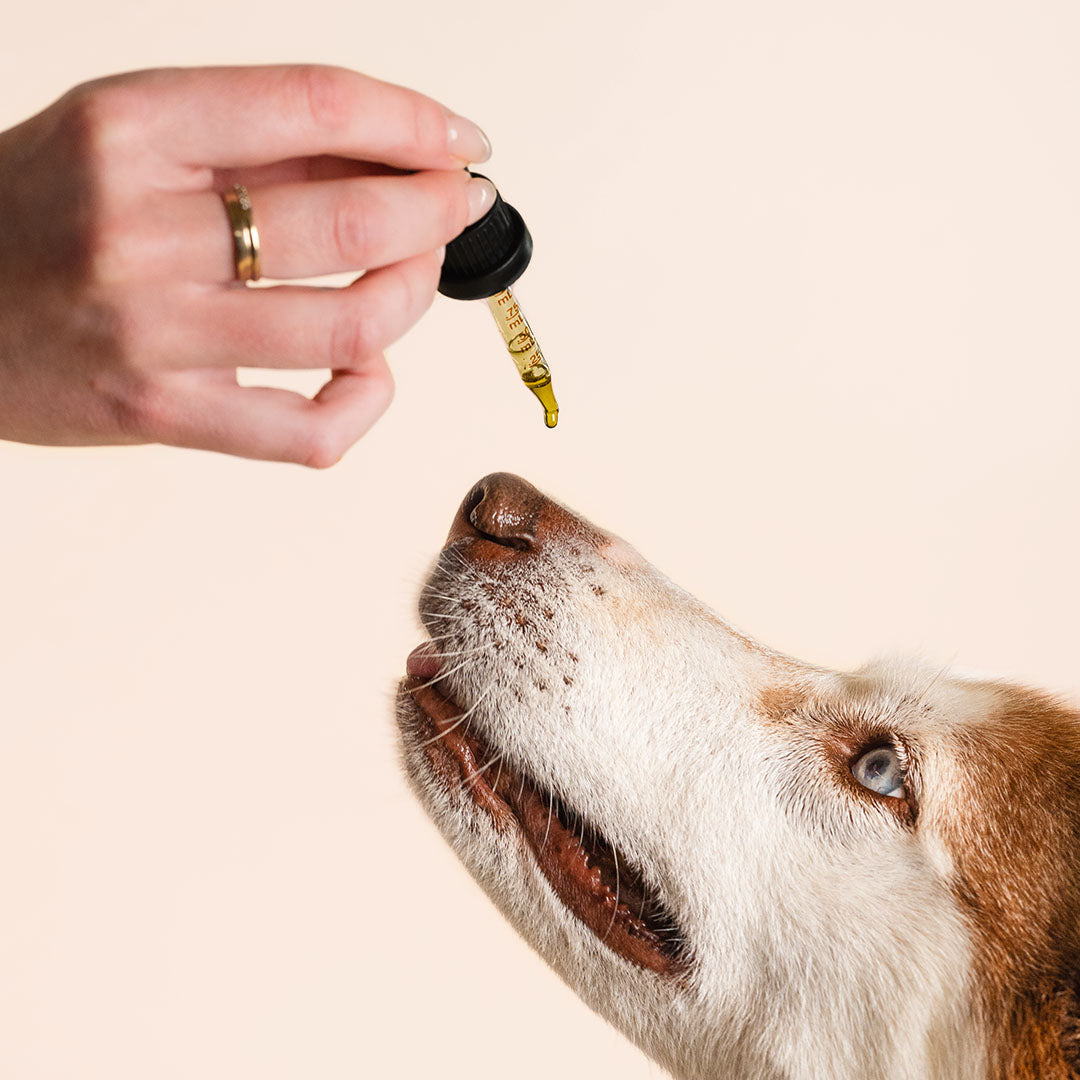


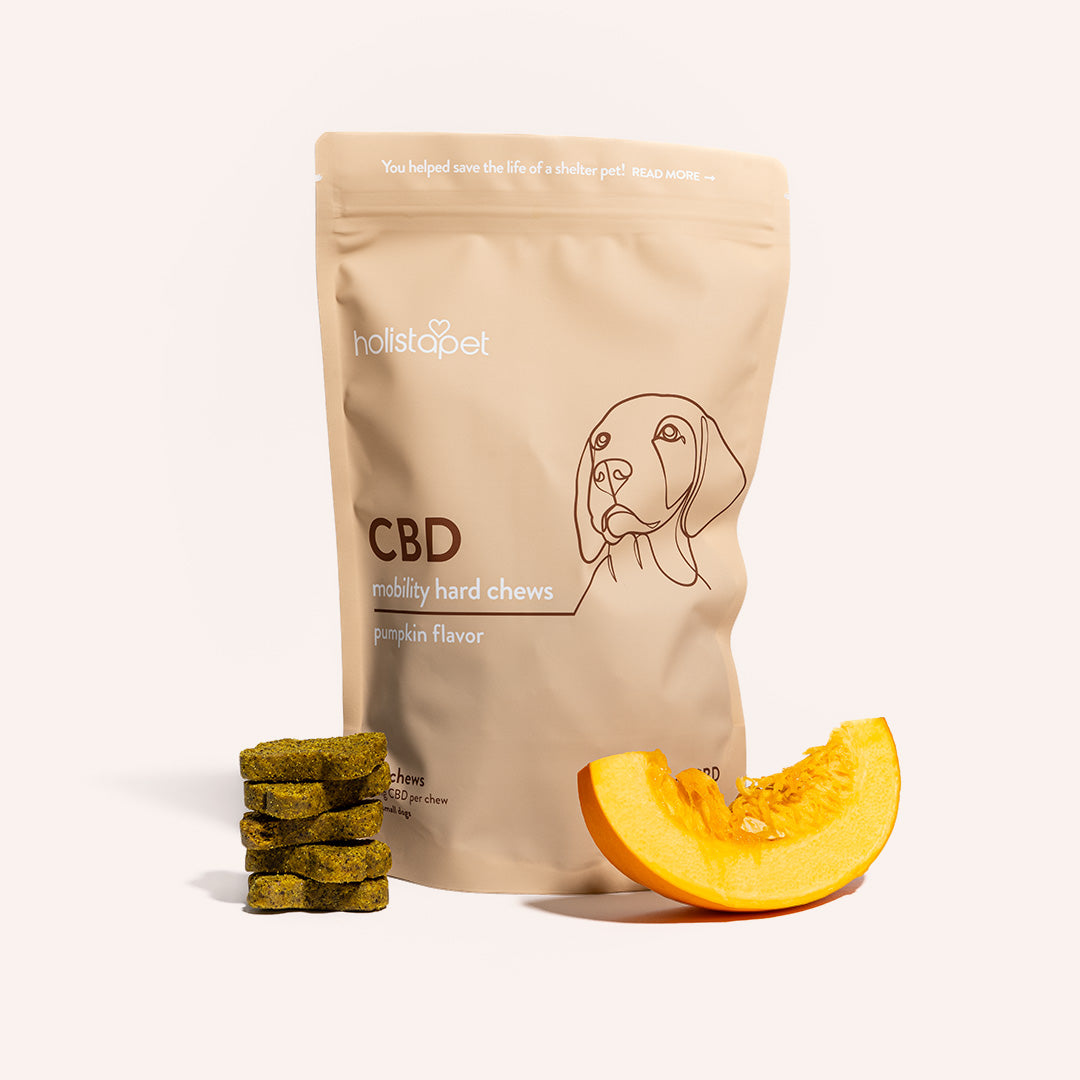


Leave a comment
All comments are moderated before being published.
This site is protected by hCaptcha and the hCaptcha Privacy Policy and Terms of Service apply.